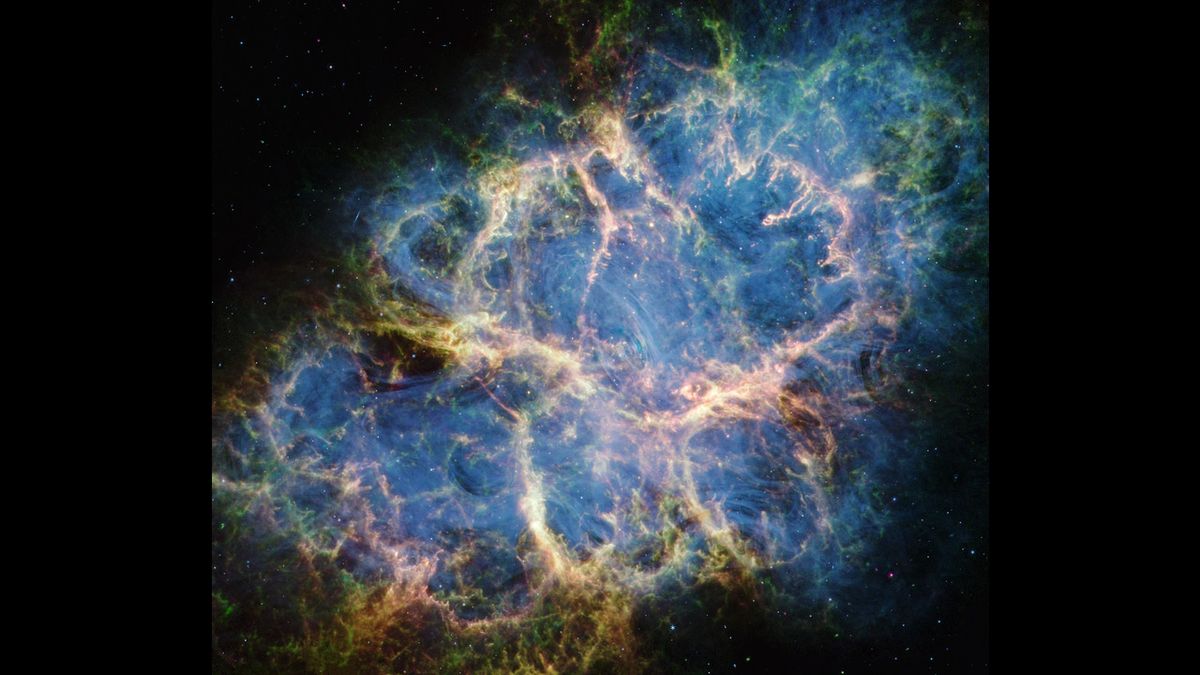Time: 2024-06-21
The James Webb Space Telescope, equipped with sensitive infrared capabilities, has been making significant advancements in the study of the Crab Nebula. The Crab Nebula, located in the constellation Taurus, is a supernova remnant resulting from an explosion observed on Earth in 1054 C.E. This ancient supernova remnant has been a focus of NASA's research, with multiple observations taken using the telescope's Near-Infrared Camera (NIRCam) and Mid-Infrared Instrument (MIRI).
The new image captured by the James Webb Space Telescope provides valuable insights into the composition and history of the Crab Nebula. Scientists are using the data collected to better understand supernovae and the evolution of stars. The Crab Nebula, situated over 6,500 light-years away from Earth, is the remnants of a core-collapse supernova from a massive star's death. Initial beliefs suggested it was the result of an electron-capture supernova, but the recent Webb data has expanded interpretations to consider a weak iron core-collapse supernova.

The unique composition of the Crab Nebula has puzzled scientists, with its dust distribution differing from other supernova remnants. Unlike typical supernova remnants with dust concentrated at their centers, the Crab Nebula's dust is predominantly found in the outer shells dense filaments. The telescope's infrared capabilities have allowed researchers to map the light emitted from the dust in high resolution, revealing intricate details of its structure.
A tradition in astronomy holds that the nearest, brightest, and best-studied objects tend to be bizarre, as seen in the case of the Crab Nebula. The remnants of the supernova have expanded over time, with its material now spanning about 11 light-years across. The Crab Nebula's core is home to a rapidly spinning pulsar, with magnetic field lines emerging in a ripple-like pattern. Studies of this phenomenon have led to new insights into the star's death and the origins of the supernova remnant.
The James Webb Space Telescope's detailed mosaic of the Crab Nebula showcases the distinctive features of the ancient supernova remnant. With ongoing research and observations, astronomers hope to unravel the mysteries surrounding the Crab Nebula and gain a deeper understanding of the evolutionary processes of stars in the universe.